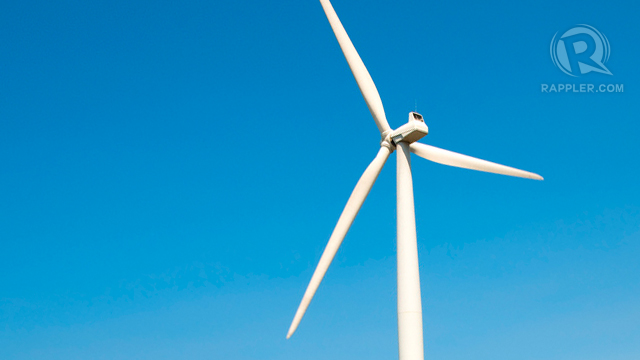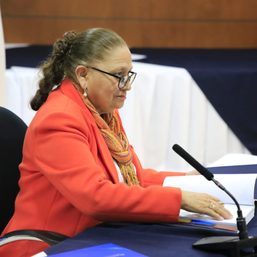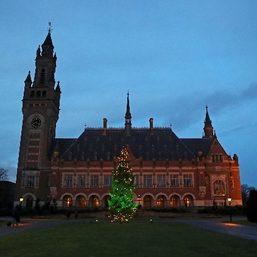SUMMARY
This is AI generated summarization, which may have errors. For context, always refer to the full article.

MANILA, Philippines – The first power projects under the Philippines’ main incentive scheme for renewable energy should finally come online in 2014 after a long regulatory struggle, an official said Wednesday, March 27.
Solar-power plants of between 3 and 5 megawatts each are expected to be the first to supply electricity under the plan, Mario Marasigan, the energy department’s renewable energy bureau chief, told AFP.
“We hope to see the first new renewable installations… under the feed-in tariff system hopefully next year. The most immediate possibility is solar installation,” Marasigan said in an interview.
The so called ‘feed-in tariff’ guarantees energy companies an extra amount of money above the market rate for every kilowatt of clean power they sell.
It was one of the main planks of a 2008 renewable energy law to spur investment and see half the country’s energy come from renewable sources by 2030, compared with about 39% currently.
Despite the move, bigger projects, such as geothermal and wind, remain up 3 to 5 years away, he added.
Industry and green groups have complained that since the law was introduced, the tariff scheme has been relegated to a low priority and got lost in red tape while the government has focused on boosting fossil fuel power.
The government only approved the tariff rates in July last year, and the government has not yet approved any of the hundreds of projects that have submitted applications to participate.
“It (the feed-in tariff scheme) needs a stronger push from the government… there is too much red tape in renewable energy investments,” Greenpeace Philippines’ programme manager Beau Baconguis said.
However Marasigan defended the pace of the roll-out, saying that the government was introducing a completely new energy financing scheme and this took time to get right.
“A FIT (feed-in tariff) mechanism is relatively new to us… it took us a while to learn and really decipher what is the best means for us,” he said. – Rappler.com
Add a comment
How does this make you feel?



![[WATCH] Try This: Empanada Salteña from Argentina](https://www.rappler.com/tachyon/2023/04/try-this-empanada-saltena-argentina.jpg?resize=257%2C257&crop=765px%2C0px%2C1037px%2C1037px)

There are no comments yet. Add your comment to start the conversation.